Home>Furniture & Design>Bathroom Accessories>How To Get Rid Of Mold In Toilet Bowl
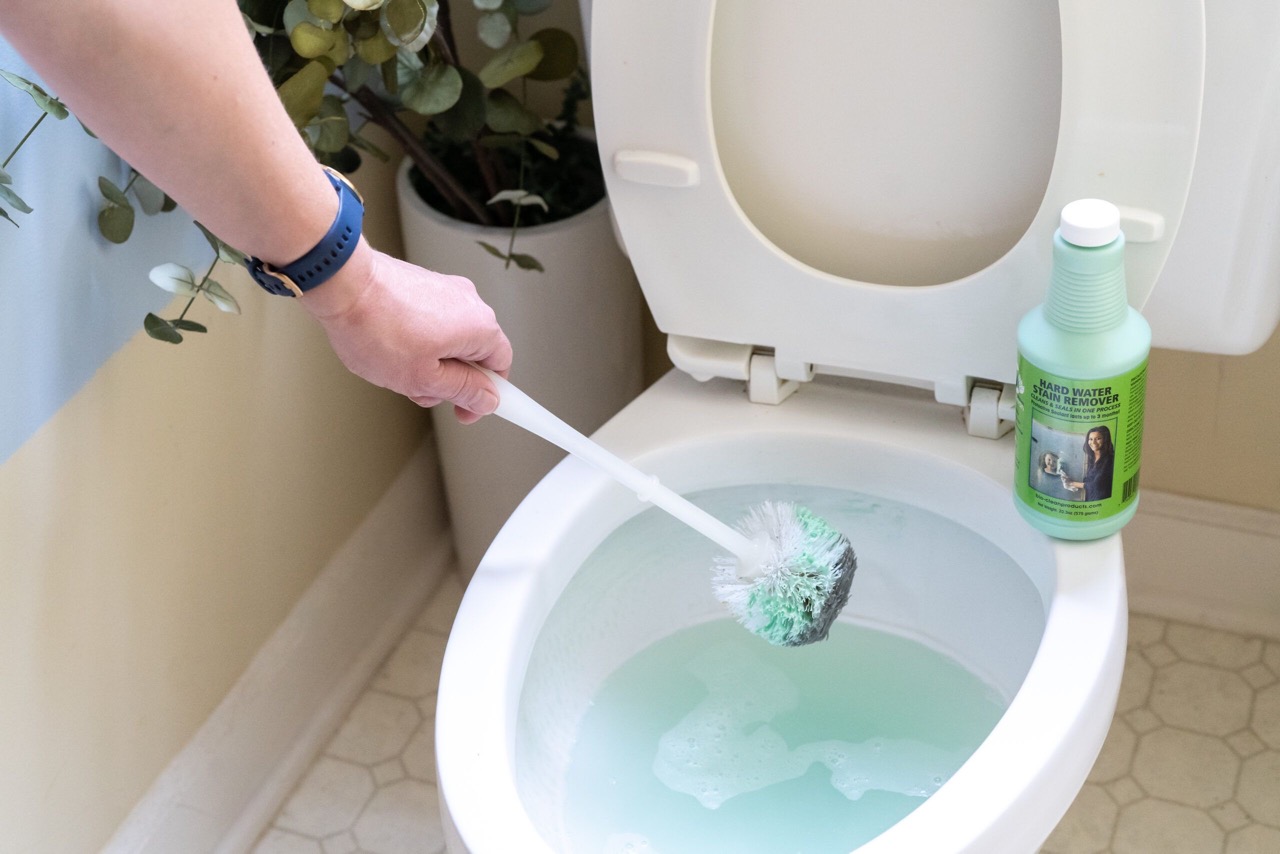

Bathroom Accessories
How To Get Rid Of Mold In Toilet Bowl
Published: February 14, 2024
Learn effective ways to remove mold from your toilet bowl with the right bathroom accessories. Say goodbye to mold and keep your bathroom clean and fresh.
(Many of the links in this article redirect to a specific reviewed product. Your purchase of these products through affiliate links helps to generate commission for Storables.com, at no extra cost. Learn more)
Introduction
Dealing with mold in the toilet bowl can be a frustrating and unsightly problem for many homeowners. The presence of mold not only affects the aesthetics of the bathroom but also poses potential health risks. Mold thrives in damp and humid environments, making the toilet bowl an ideal breeding ground. However, with the right knowledge and proactive measures, it is possible to effectively eliminate mold and prevent its recurrence.
In this comprehensive guide, we will explore the various methods for getting rid of mold in the toilet bowl, ranging from natural remedies to chemical solutions. Additionally, we will delve into preventive measures and maintenance tips to keep the toilet bowl mold-free in the long run. By understanding the underlying causes of mold growth and implementing targeted strategies, you can maintain a clean and hygienic bathroom environment.
Let's embark on this journey to uncover the best practices for combating mold in the toilet bowl, empowering you to restore cleanliness and freshness to your bathroom space.
Key Takeaways:
- Say goodbye to mold in your toilet bowl by cleaning regularly, promoting ventilation, and using natural remedies like vinegar and lemon juice. Keep your bathroom clean and healthy for your family!
- Prevent mold in your toilet bowl with regular cleaning, proper ventilation, and mold-resistant products. Stay on top of maintenance to ensure a pristine and inviting bathroom space.
Read more: How To Get Rid Of Toilet Bowl Smell
Understanding Mold in Toilet Bowl
Mold in the toilet bowl is a common issue that many homeowners encounter. Mold is a type of fungus that thrives in moist and warm environments, making the toilet bowl an ideal breeding ground. The presence of mold not only detracts from the cleanliness of the bathroom but also poses potential health risks. Understanding the factors that contribute to mold growth in the toilet bowl is crucial for effectively addressing this issue.
Mold spores are omnipresent in the environment and can easily find their way into the bathroom. When these spores land on damp surfaces, such as the interior of the toilet bowl, they can begin to proliferate. The combination of moisture, warmth, and organic matter provides the perfect conditions for mold to thrive. Additionally, inadequate ventilation in the bathroom can exacerbate the problem, as stagnant air allows moisture to accumulate, creating an inviting environment for mold growth.
The water supply to the toilet, particularly in areas with hard water, can also contribute to mold formation. Hard water contains mineral deposits that can accumulate in the toilet bowl, providing an additional food source for mold. Furthermore, if the toilet is not regularly cleaned, organic matter and residue can build up, further fueling mold growth.
The type of mold commonly found in toilet bowls is often black in appearance, known as black mold or Stachybotrys chartarum. This type of mold can release spores and mycotoxins, which can pose health risks when inhaled or come into contact with the skin. Therefore, addressing mold in the toilet bowl is not only essential for maintaining cleanliness but also for safeguarding the health of household occupants.
By gaining a deeper understanding of the factors that contribute to mold growth in the toilet bowl, homeowners can take targeted measures to address the issue effectively. From implementing preventive strategies to utilizing specific cleaning methods, combating mold in the toilet bowl is a manageable task when armed with the right knowledge and tools.
Prevention of Mold in Toilet Bowl
Preventing mold growth in the toilet bowl is essential for maintaining a clean and hygienic bathroom environment. By implementing proactive measures, homeowners can effectively deter mold from taking hold and ensure a pristine toilet bowl. Here are some key strategies for preventing mold in the toilet bowl:
-
Regular Cleaning: Consistent cleaning of the toilet bowl is crucial for preventing mold growth. Using a toilet bowl cleaner with mold-inhibiting properties can help to remove any existing mold and prevent its recurrence. Additionally, scrubbing the toilet bowl with a toilet brush at least once a week can help to eliminate any potential mold spores and organic matter that may contribute to mold growth.
-
Proper Ventilation: Adequate ventilation is essential for reducing moisture levels in the bathroom, thereby discouraging mold growth. Installing a ventilation fan or opening windows during and after showering can help to expel excess moisture from the air, preventing it from settling on surfaces such as the toilet bowl.
-
Regular Maintenance: Addressing any leaks or water seepage in the bathroom is crucial for preventing mold growth. Inspecting and repairing any leaks in the toilet's water supply or the surrounding plumbing can help to mitigate moisture accumulation, reducing the likelihood of mold formation.
-
Use of Mold-Resistant Products: Consider using mold-resistant toilet bowl cleaners and products designed to inhibit mold growth. These specialized cleaning agents can help to create an inhospitable environment for mold, reducing the likelihood of its proliferation in the toilet bowl.
-
Minimize Moisture: Taking steps to minimize moisture in the bathroom can significantly contribute to mold prevention. Towel-drying the toilet bowl after use and ensuring that the bathroom remains well-ventilated can help to reduce the moisture levels, making it less conducive for mold to thrive.
By incorporating these preventive measures into your bathroom maintenance routine, you can effectively deter mold growth in the toilet bowl, maintaining a clean and healthy bathroom environment for you and your family.
Natural Methods for Removing Mold in Toilet Bowl
When it comes to addressing mold in the toilet bowl, natural methods offer an effective and environmentally friendly approach to mold removal. These methods utilize common household ingredients and gentle yet potent cleaning agents to eliminate mold without the use of harsh chemicals. By harnessing the power of natural remedies, homeowners can effectively restore cleanliness to the toilet bowl while minimizing exposure to potentially harmful substances. Here are some natural methods for removing mold in the toilet bowl:
1. Vinegar Solution
Vinegar, with its acidic properties, is a versatile natural cleaner that can effectively combat mold in the toilet bowl. To create a mold-fighting solution, mix equal parts of white vinegar and water in a spray bottle. Thoroughly coat the interior of the toilet bowl with the vinegar solution, ensuring that the affected areas are completely saturated. Allow the solution to sit for several hours or overnight to effectively break down and loosen the mold. Afterward, scrub the toilet bowl with a toilet brush to dislodge the mold, and then flush the toilet to rinse away the residue.
Read more: How To Get Rid Of ALGae In Toilet Bowl
2. Baking Soda Paste
Baking soda is renowned for its gentle abrasive properties and deodorizing effects, making it an excellent natural remedy for removing mold in the toilet bowl. Create a paste by mixing baking soda with a small amount of water to form a thick, spreadable consistency. Apply the baking soda paste directly to the mold-affected areas of the toilet bowl, ensuring thorough coverage. Allow the paste to sit for an hour to penetrate and loosen the mold. Then, use a toilet brush to scrub the affected areas, effectively removing the mold. Finally, flush the toilet to rinse away the residue and reveal a clean, mold-free surface.
3. Lemon Juice
Lemon juice, with its natural acidity and refreshing scent, serves as an effective natural mold remover for the toilet bowl. Squeeze fresh lemon juice directly onto the mold-affected areas of the toilet bowl, ensuring complete coverage. Allow the lemon juice to sit for several hours to break down and dissolve the mold. The natural antibacterial properties of lemon juice also help to inhibit mold growth. After the allotted time, use a toilet brush to scrub the affected areas, dislodging the mold. Finally, flush the toilet to rinse away the residual mold and reveal a fresh, citrus-scented surface.
By utilizing these natural methods for removing mold in the toilet bowl, homeowners can effectively restore cleanliness to the bathroom while minimizing exposure to harsh chemicals. These natural remedies offer a gentle yet potent approach to mold removal, providing a safe and eco-friendly solution for maintaining a pristine toilet bowl.
Chemical Methods for Removing Mold in Toilet Bowl
Chemical methods for removing mold in the toilet bowl offer a potent and expedient approach to mold eradication. These specialized cleaning agents are formulated to effectively break down and eliminate mold, restoring the toilet bowl to a pristine condition. When dealing with stubborn or extensive mold growth, chemical methods can provide a targeted and efficient solution for homeowners. Here are some effective chemical methods for removing mold in the toilet bowl:
1. Bleach-Based Cleaners
Bleach-based cleaners are widely recognized for their powerful disinfecting and mold-killing properties. These cleaners contain sodium hypochlorite, which effectively eradicates mold and mildew. To use a bleach-based cleaner, carefully follow the manufacturer's instructions for dilution and application. It is essential to ensure adequate ventilation during the cleaning process and to avoid mixing bleach with other cleaning products to prevent potentially harmful chemical reactions. After applying the bleach-based cleaner to the toilet bowl, allow it to sit for the recommended duration to effectively combat the mold. Then, scrub the affected areas with a toilet brush to dislodge the mold, and flush the toilet to rinse away the residue.
2. Commercial Mold Removers
Commercial mold removers are specifically formulated to target and eliminate mold in various areas of the home, including the toilet bowl. These products often contain potent antimicrobial agents that effectively break down mold and inhibit its recurrence. When using a commercial mold remover, carefully read and adhere to the instructions provided by the manufacturer. Apply the product to the mold-affected areas of the toilet bowl, ensuring thorough coverage. Allow the mold remover to work for the specified duration, and then use a toilet brush to scrub the affected areas, effectively removing the mold. Finally, flush the toilet to rinse away any residual mold and cleaning product.
3. Hydrogen Peroxide Solutions
Hydrogen peroxide solutions offer a less harsh yet effective alternative for removing mold in the toilet bowl. These solutions can be particularly beneficial for individuals seeking a milder cleaning approach. To use hydrogen peroxide for mold removal, apply the solution directly to the mold-affected areas of the toilet bowl, ensuring complete coverage. Allow the hydrogen peroxide to sit for an extended period to effectively break down and loosen the mold. Then, use a toilet brush to scrub the affected areas, dislodging the mold. Finally, flush the toilet to rinse away the residual mold and cleaning solution.
By utilizing these chemical methods for removing mold in the toilet bowl, homeowners can effectively combat stubborn mold growth and restore cleanliness to the bathroom. It is important to exercise caution and follow the recommended safety guidelines when using chemical cleaners, ensuring a thorough and safe cleaning process.
Maintenance Tips for Keeping Toilet Bowl Mold-Free
Maintaining a mold-free toilet bowl is essential for upholding a clean and hygienic bathroom environment. By implementing proactive maintenance strategies, homeowners can effectively prevent mold growth and ensure a pristine toilet bowl. Here are some key maintenance tips for keeping the toilet bowl mold-free:
-
Regular Cleaning Schedule: Establishing a consistent cleaning schedule for the toilet bowl is crucial for preventing mold formation. Regularly clean the toilet bowl using a mold-inhibiting cleaner to remove any potential mold spores and organic matter. A weekly cleaning routine can help to maintain cleanliness and deter mold growth.
-
Inspect and Repair Leaks: Periodically inspect the toilet's water supply and surrounding plumbing for any leaks or water seepage. Addressing leaks promptly can help to prevent moisture accumulation, reducing the likelihood of mold formation in the toilet bowl.
-
Use Mold-Resistant Products: Consider using mold-resistant toilet bowl cleaners and products designed to inhibit mold growth. These specialized cleaning agents can create an inhospitable environment for mold, effectively deterring its proliferation in the toilet bowl.
-
Promote Ventilation: Ensure that the bathroom remains well-ventilated to minimize moisture levels. Installing a ventilation fan or opening windows during and after showering can help to expel excess moisture from the air, reducing the likelihood of mold settling on the toilet bowl.
-
Towel-Drying: Encourage the practice of towel-drying the toilet bowl after use to minimize moisture accumulation. This simple yet effective step can help to reduce the moisture levels, making it less conducive for mold to thrive.
-
Periodic Deep Cleaning: In addition to regular cleaning, consider incorporating periodic deep cleaning of the toilet bowl to remove any potential mold spores and buildup. This can involve using more intensive cleaning methods to ensure thorough cleanliness and mold prevention.
By integrating these maintenance tips into your bathroom care routine, you can effectively uphold a mold-free toilet bowl, promoting a clean and healthy bathroom environment for you and your family. Consistent vigilance and proactive maintenance are key to preventing mold growth and preserving the cleanliness of the toilet bowl.
Conclusion
In conclusion, addressing mold in the toilet bowl is a multifaceted endeavor that requires a combination of understanding, prevention, and targeted cleaning methods. The presence of mold not only detracts from the cleanliness and aesthetics of the bathroom but also poses potential health risks. By gaining a deeper understanding of the factors that contribute to mold growth in the toilet bowl, homeowners can implement proactive measures to prevent its occurrence.
Preventive strategies such as regular cleaning, proper ventilation, and the use of mold-resistant products play a pivotal role in deterring mold growth and maintaining a pristine toilet bowl. Additionally, natural methods utilizing household ingredients such as vinegar, baking soda, and lemon juice offer a gentle yet effective approach to mold removal, providing an environmentally friendly solution for homeowners.
For stubborn or extensive mold growth, chemical methods utilizing bleach-based cleaners, commercial mold removers, and hydrogen peroxide solutions offer a potent and expedient approach to mold eradication. These specialized cleaning agents are formulated to effectively break down and eliminate mold, restoring the toilet bowl to a pristine condition.
Furthermore, proactive maintenance tips such as regular cleaning schedules, leak inspection and repair, and promoting ventilation are essential for upholding a mold-free toilet bowl. By integrating these maintenance tips into the bathroom care routine, homeowners can effectively prevent mold growth and ensure a clean and healthy bathroom environment.
In essence, combating mold in the toilet bowl requires a comprehensive approach that encompasses understanding the underlying causes, implementing preventive measures, utilizing natural and chemical cleaning methods, and maintaining proactive maintenance. By incorporating these strategies into their home care routine, homeowners can effectively address mold in the toilet bowl, ensuring a clean, hygienic, and inviting bathroom space for themselves and their families.
Frequently Asked Questions about How To Get Rid Of Mold In Toilet Bowl
Was this page helpful?
At Storables.com, we guarantee accurate and reliable information. Our content, validated by Expert Board Contributors, is crafted following stringent Editorial Policies. We're committed to providing you with well-researched, expert-backed insights for all your informational needs.
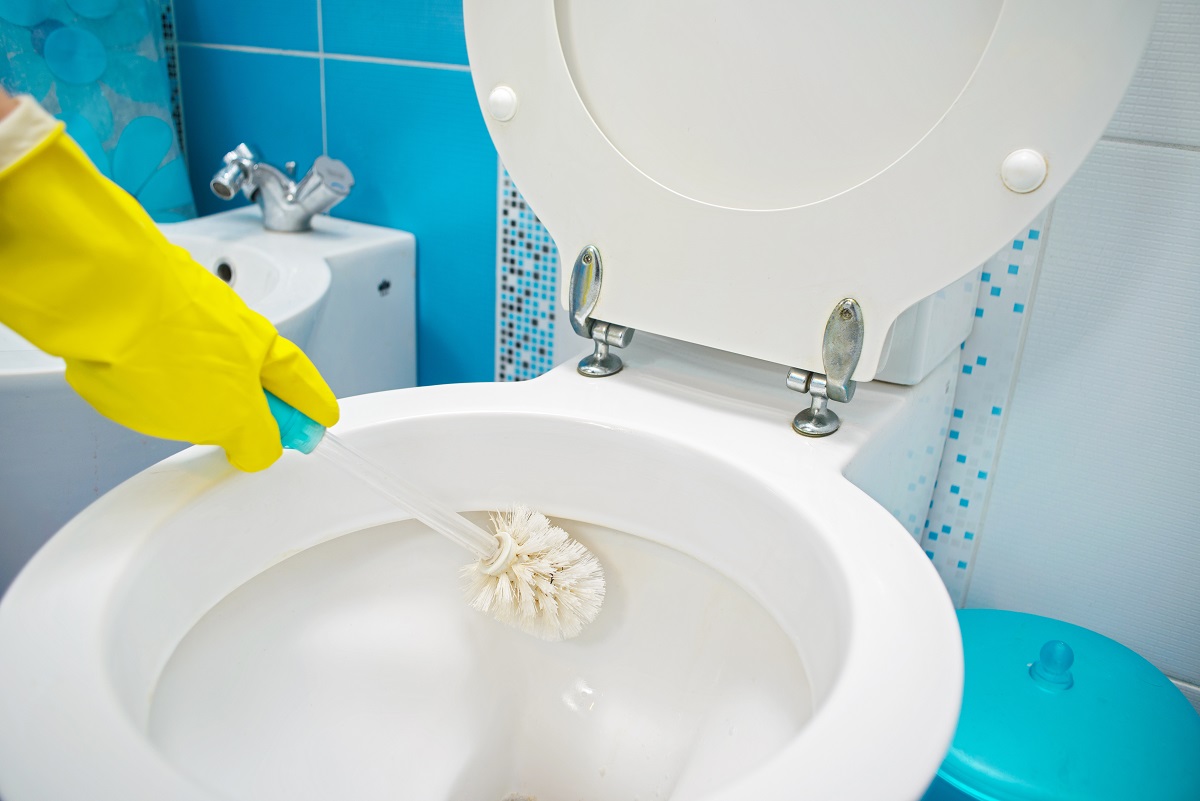
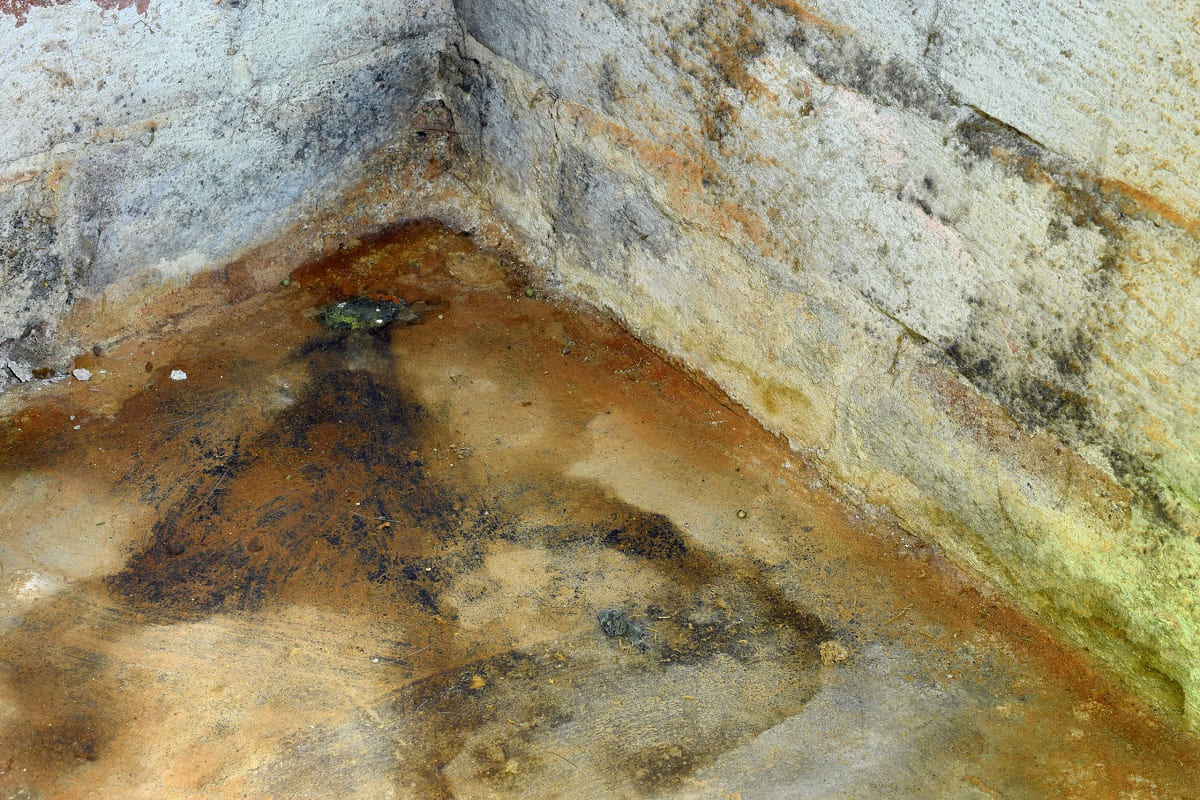
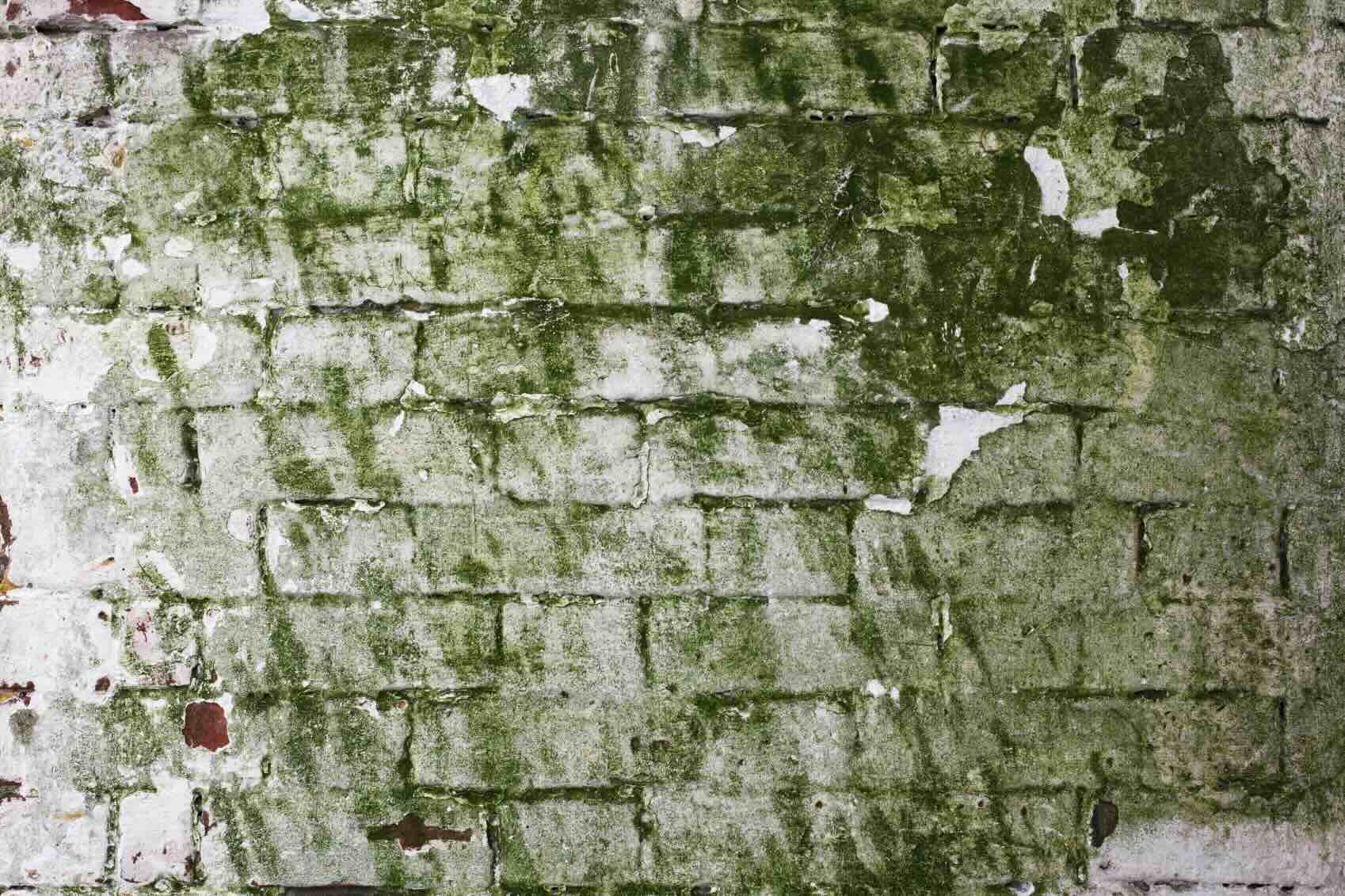
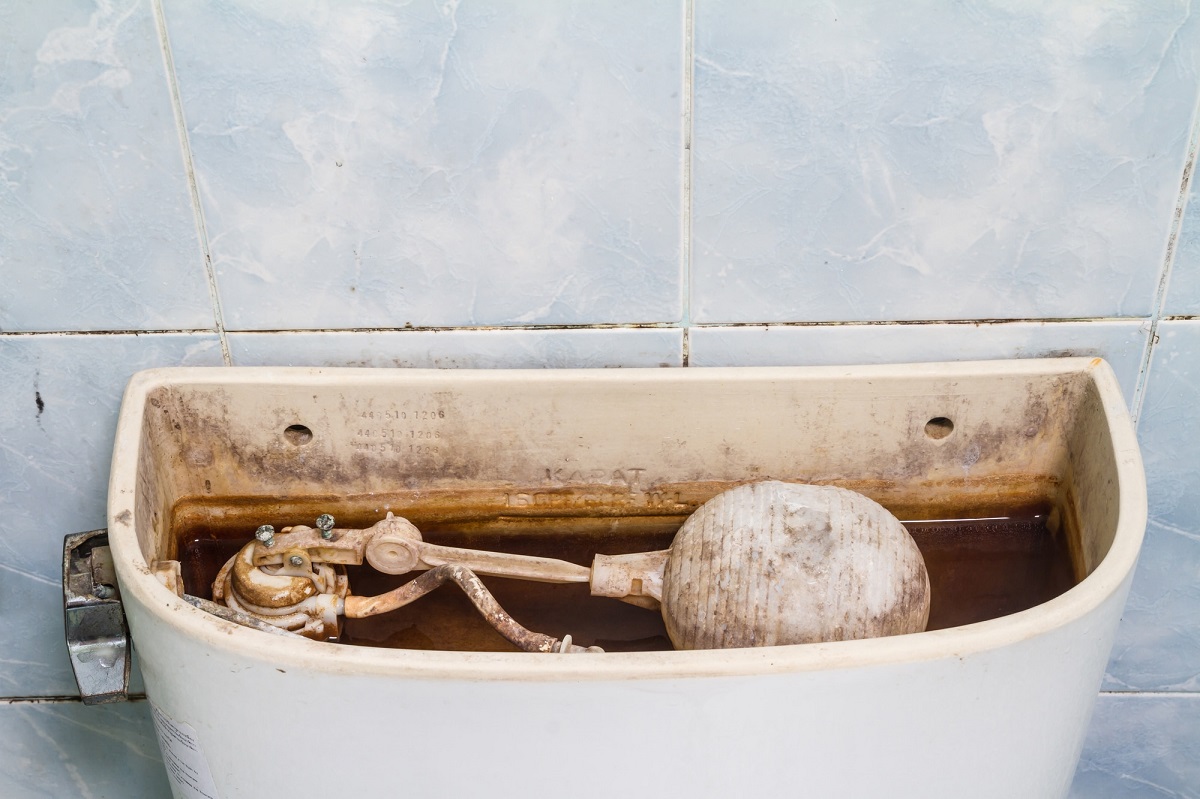
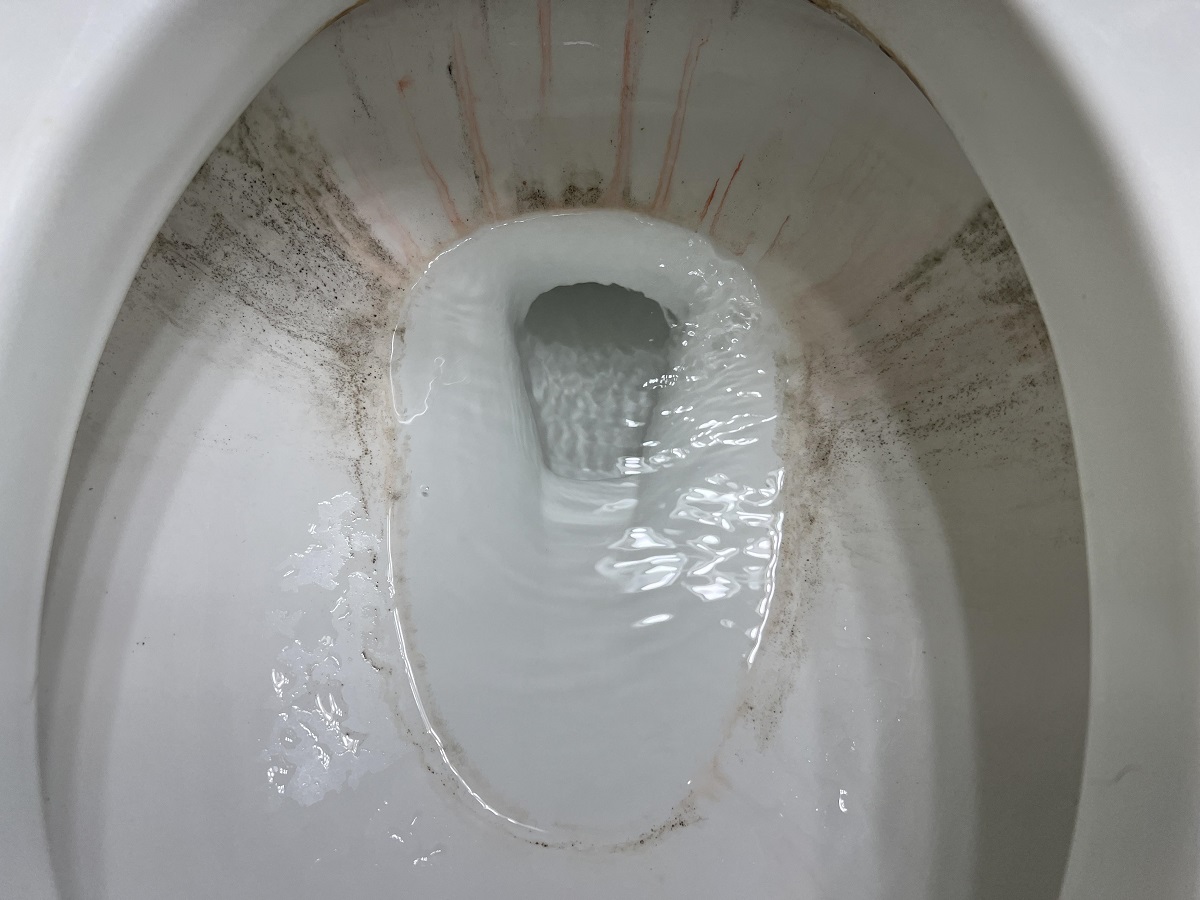
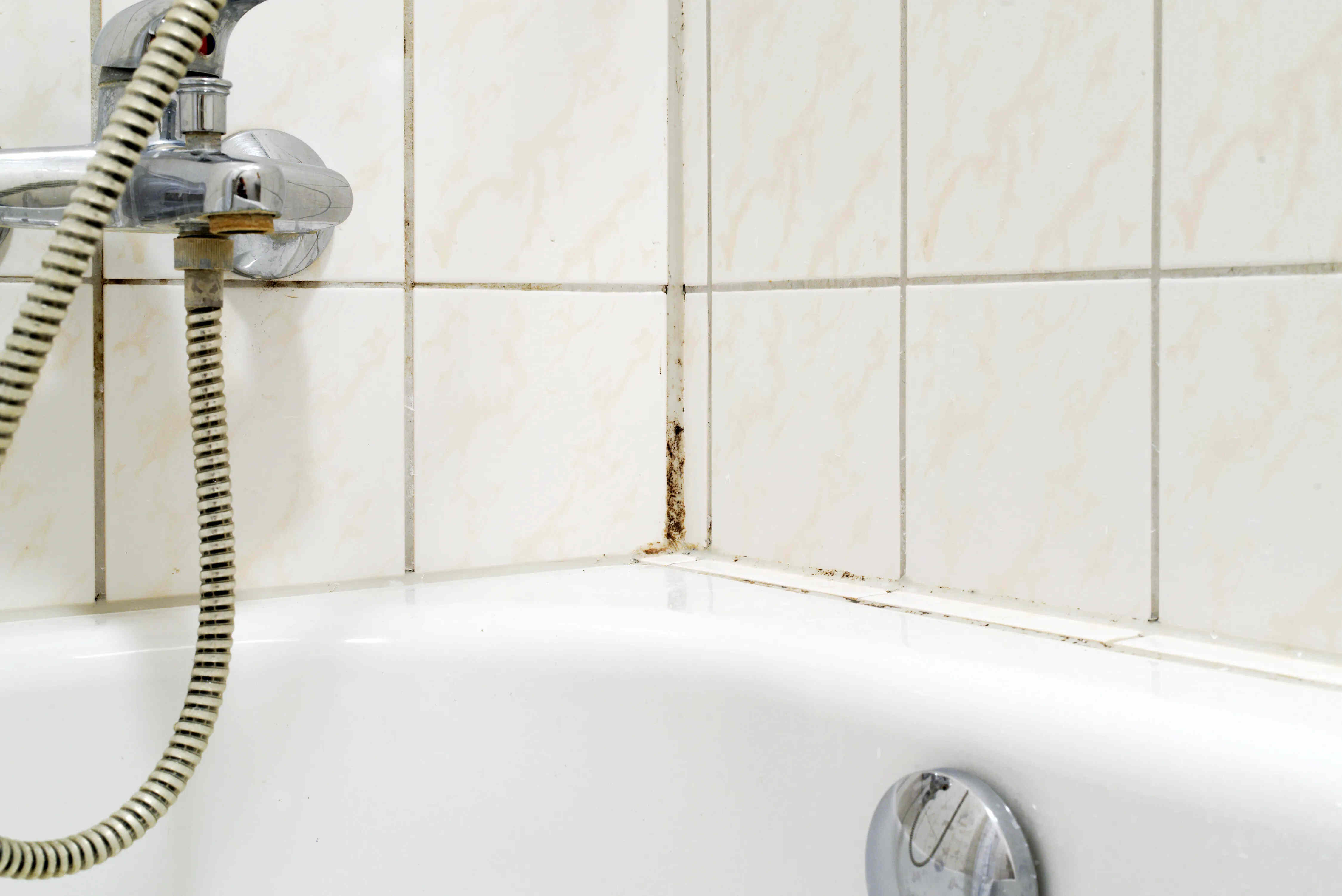

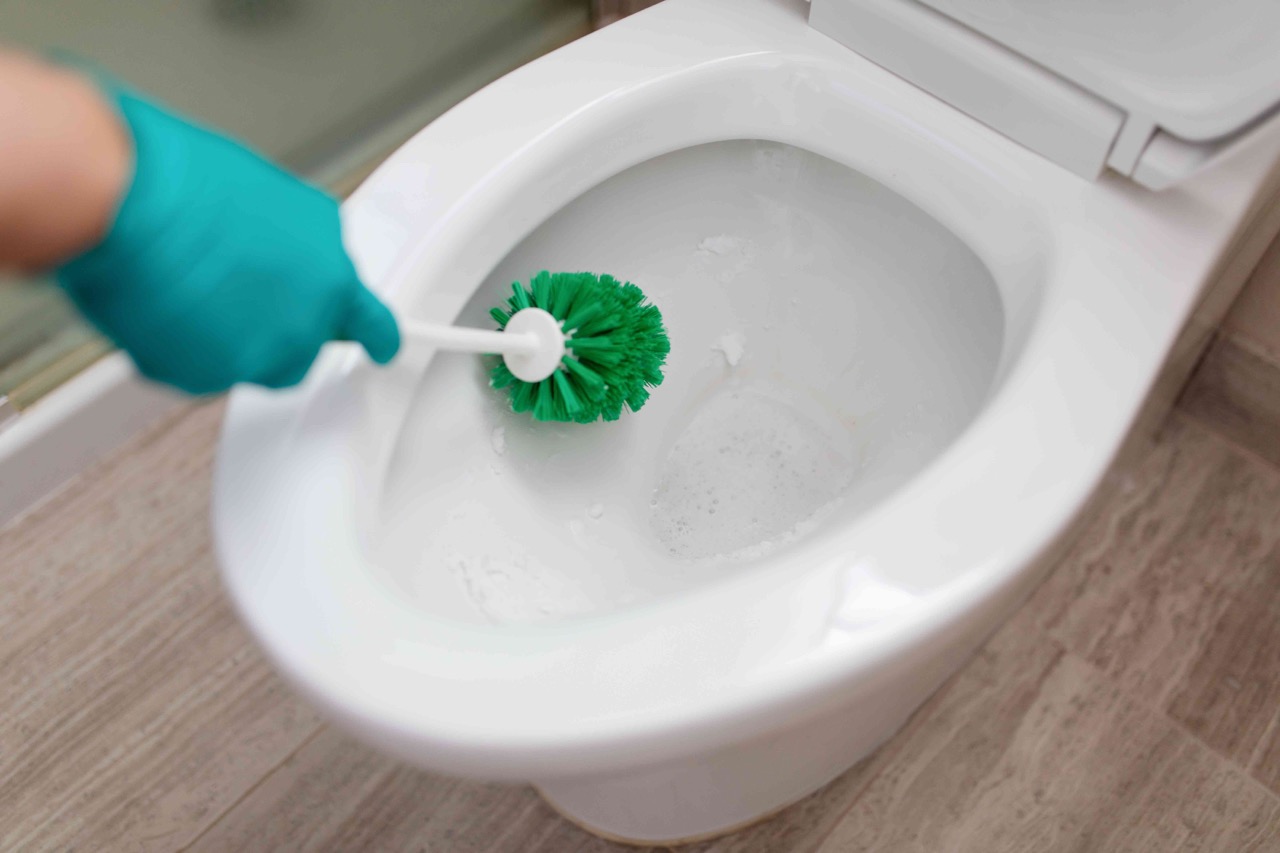
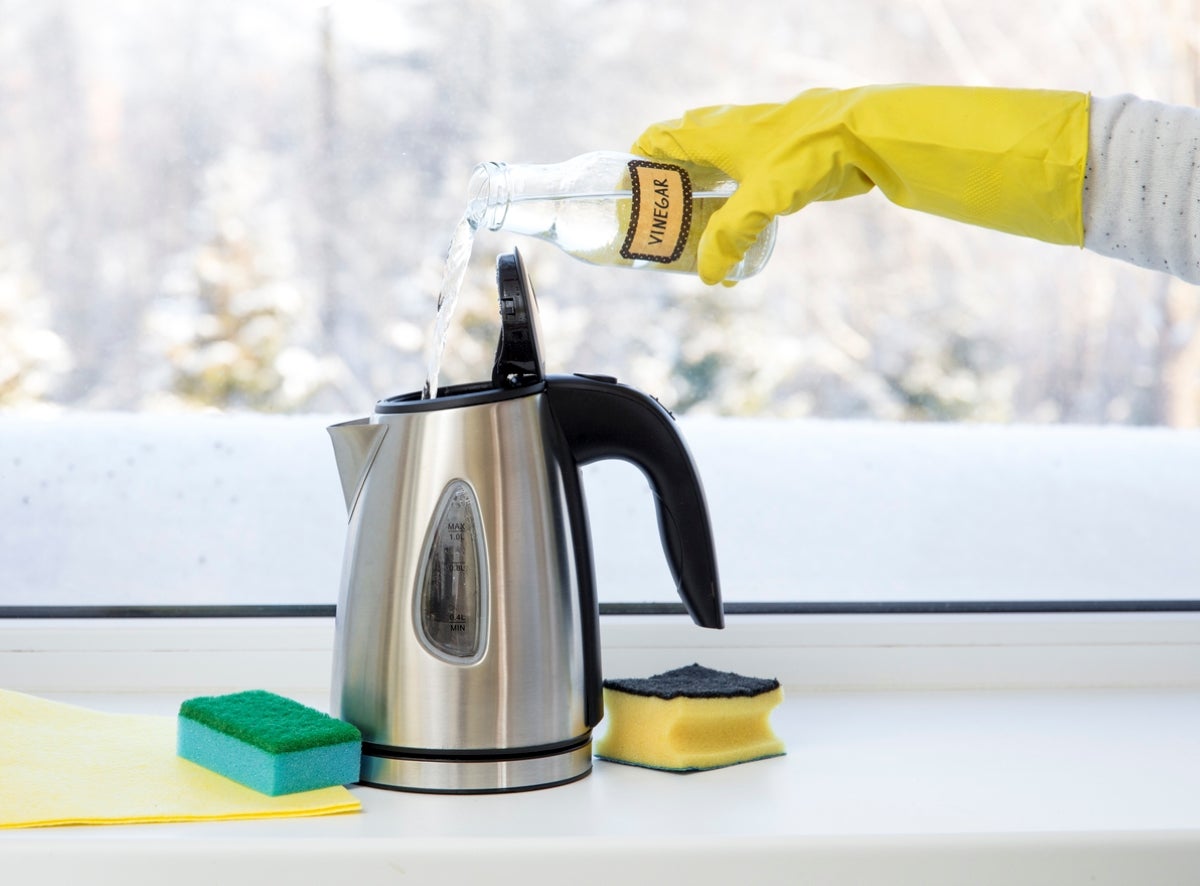
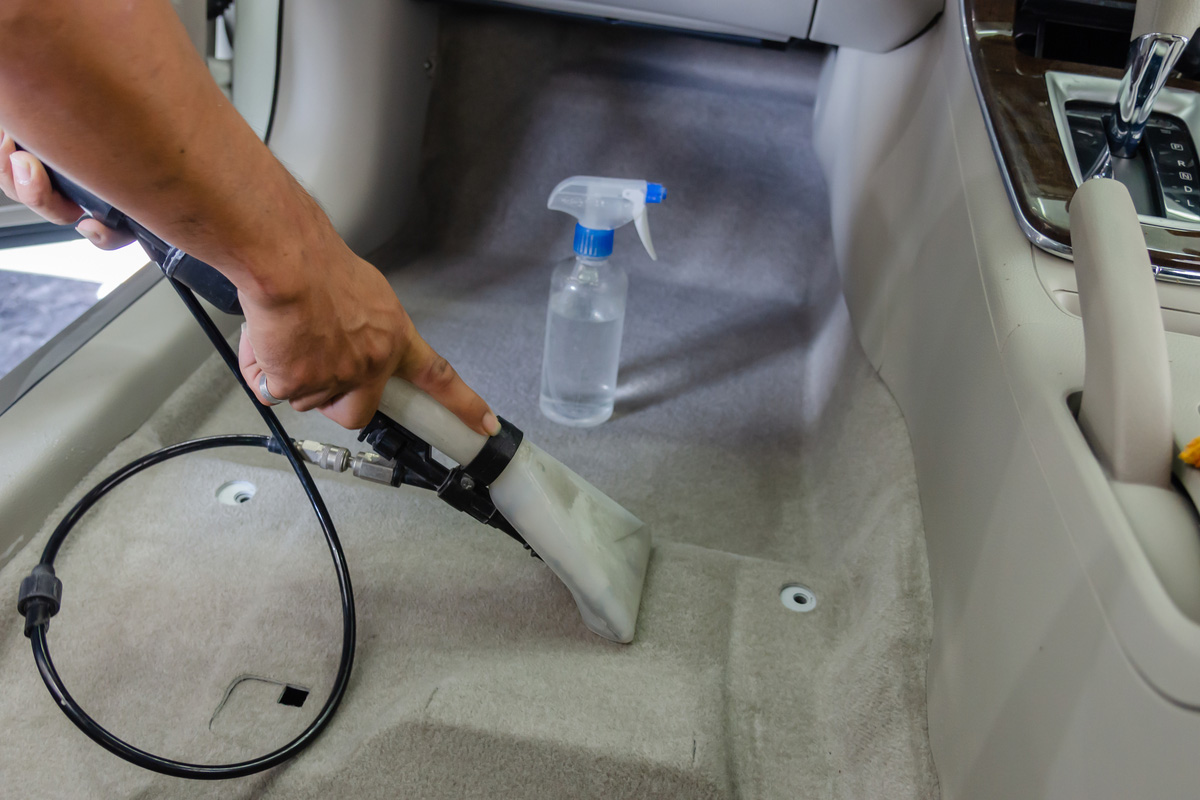
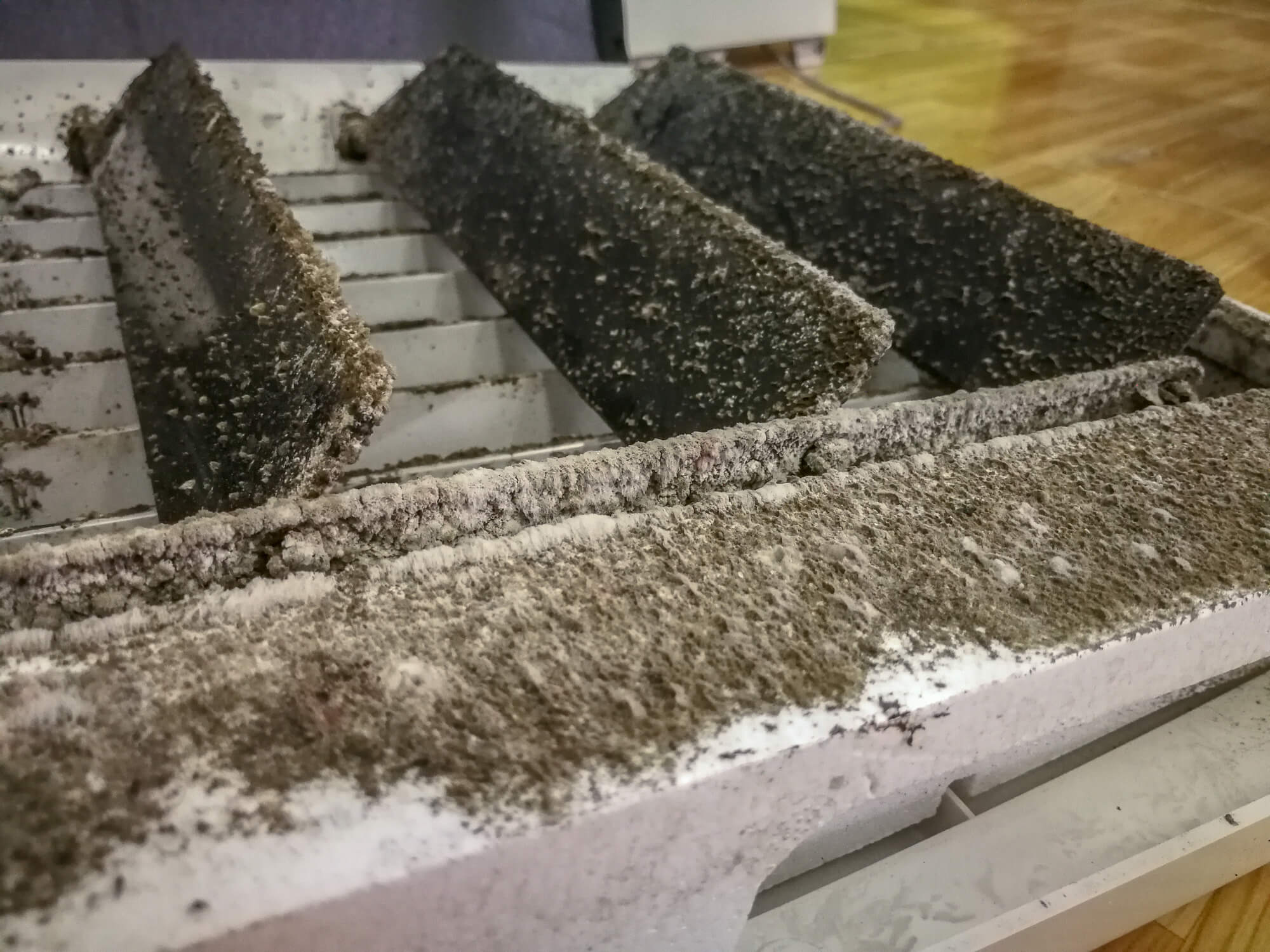
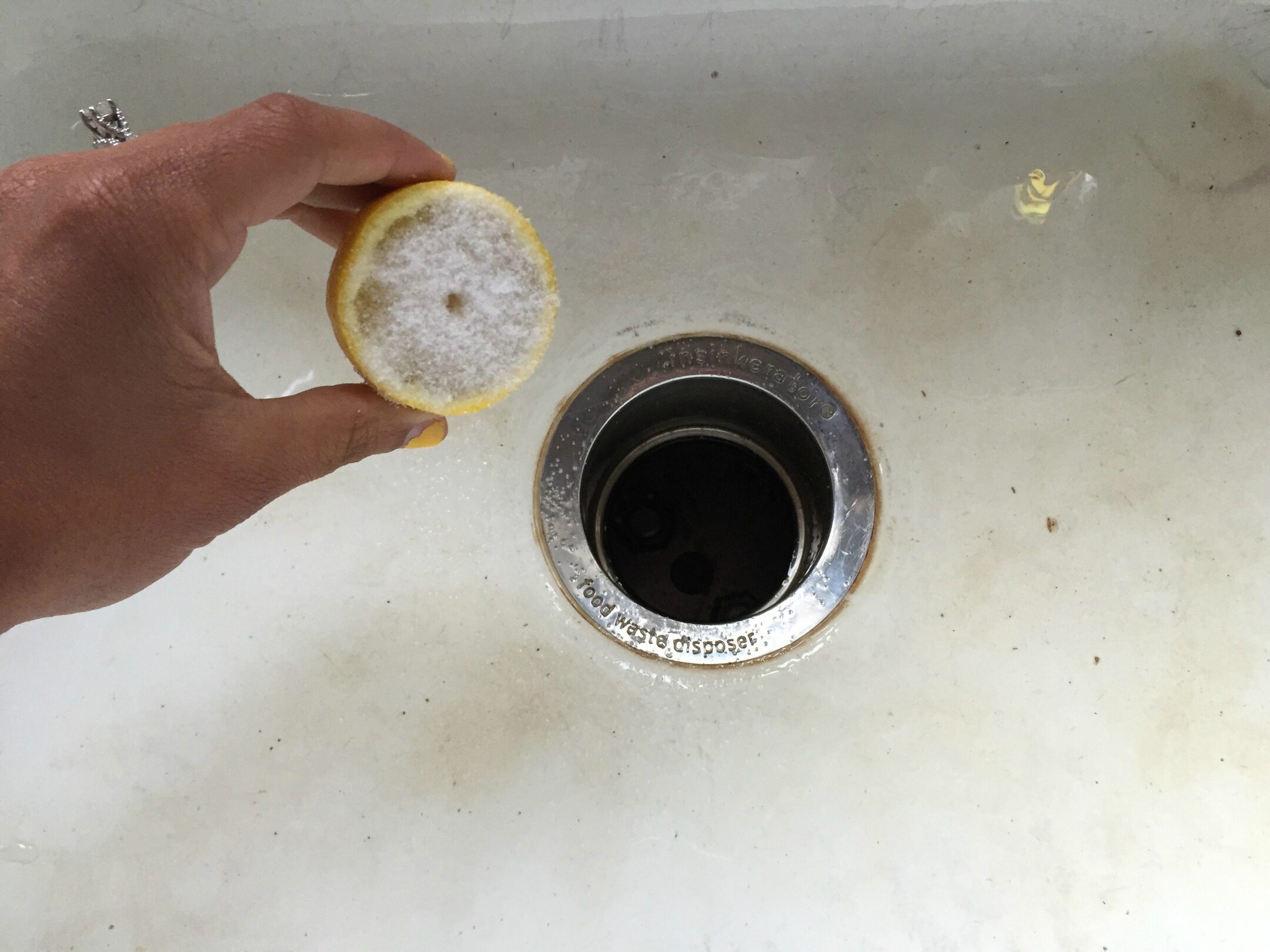
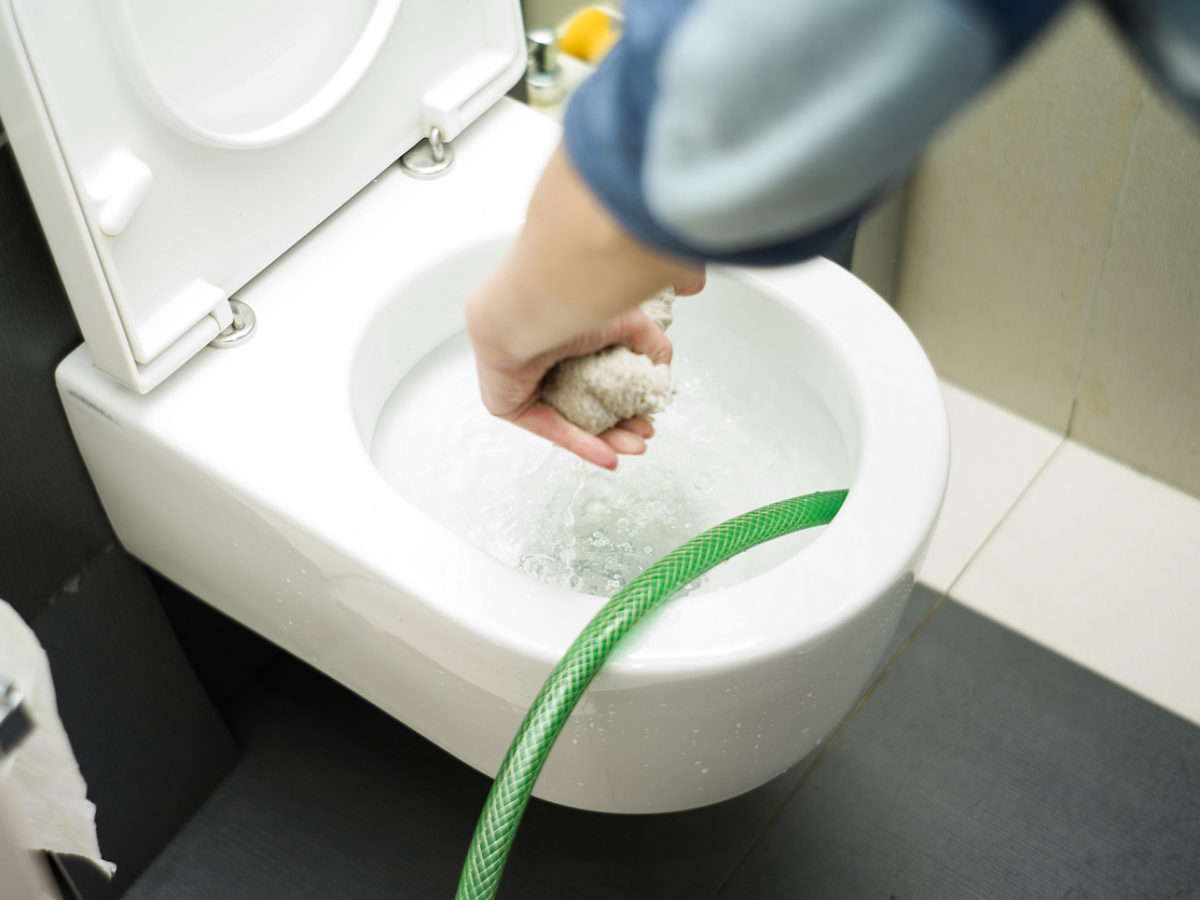

0 thoughts on “How To Get Rid Of Mold In Toilet Bowl”